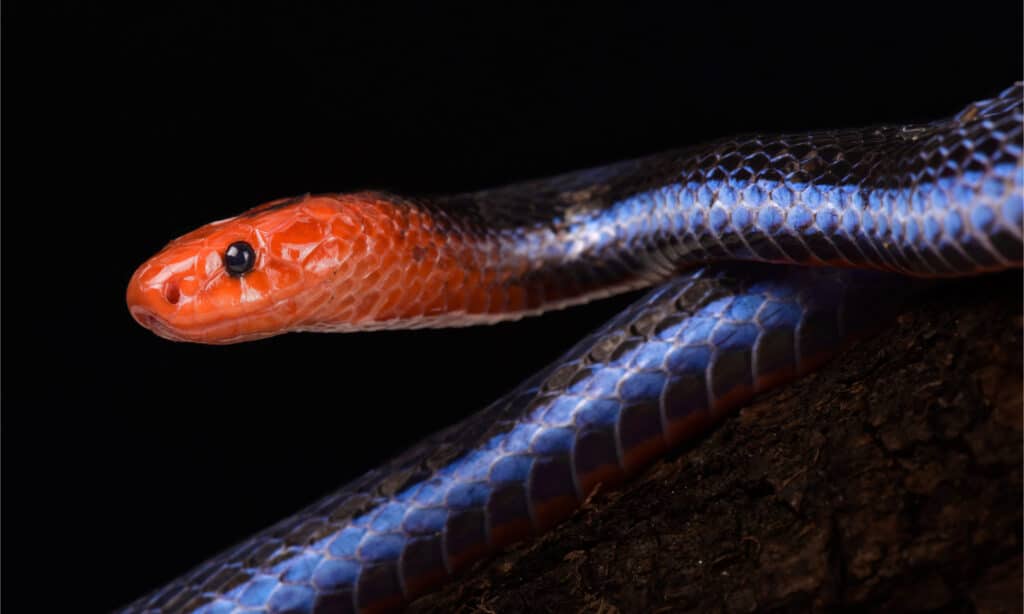Introduction
When it pertains to venomous serpents, Australia is home to several of one of the most fascinating and unsafe varieties on the planet. Amongst these, the Tiger Snake sticks out not only for its powerful poison but additionally for its intriguing habits. Comprehending the behavior of poisonous snakes like the Tiger Serpent is important for both wildlife fanatics and those staying in areas where these serpents are present. This write-up delves into numerous aspects of Tiger Snake actions, environment, recognition, safety measures, and emergency treatment methods in instance of a serpent bite.
Understanding the Actions of Venomous Snakes Like the Tiger Snake
The Tiger Snake, scientifically called Notechis scutatus, is infamous for its hostile nature when threatened. These serpents display a series of behaviors that can be fairly different from their non-venomous equivalents.
Characteristics of Tiger Snakes
The Tiger Snake is quickly well-known as a result of its unique bands or red stripes that look like a tiger's markings. They can differ in shade from yellowish-brown to dark olive or black. This coloration serves not only as camouflage however likewise as a caution signal to potential predators.
Adaptability to Environment
One impressive element of their habits is their flexibility to different settings. Located mostly in coastal regions, marshes, and wetlands across Australia and Tasmania, they can flourish in diverse habitats consisting of metropolitan locations.
Hunting Techniques
Tiger Serpents are ambush killers mostly eating fish, frogs, and tiny animals. They have keen vision and an intense sense of scent which aids them in situating prey effectively.

Venom Composition
Their venom includes neurotoxins that affect the nervous system, leading to paralysis or death in smaller pets. For humans, immediate clinical focus is vital after a tiger snake bite because of its potentially deadly effects.
Natural Environment of Tiger Snakes
Preferred Locations
Understanding where these serpents live clarify their behavior patterns. The tiger serpent habitat consists of:
- Coastal regions Swamps Grasslands Urban areas with plentiful water sources
Seasonal Movements
During warmer months, Tiger Snakes are more energetic as they bask in sunshine or quest for food. In contrast, colder months see them pulling back right into hibernation sites.
Are Tiger Snakes Venomous?
Yes! The concern "are tiger serpents poisonous?" commonly arises Click here among those not familiar with this species. Their poison is taken into consideration among the deadliest amongst all snake types worldwide.
Symptoms of a Tiger Serpent Bite
If bitten by a tiger serpent, signs might consist of:
- Localized pain Swelling at the bite site Nausea and vomiting Sweating and confusion
Immediate clinical help is critical as neglected bites can lead to severe health and wellness complications or even death.
First Help for Snake Bites: Quick Reaction Guide
Knowing how to carry out first aid for a snake bite can save somebody's life. Below's what you ought to do: Necrosis Prevention
Step 1: Continue to be Calm
Keeping calmness helps slow down heart price which decreases venom spread.
Step 2: Incapacitate the Influenced Area
Keep the influenced arm or leg still and listed below heart level if possible.
Step 3: Call Emergency Services
Always look for professional medical help instantly after a serpent bite.
First Aid for Snake Bite Set Essentials
A well-appointed snake bite emergency treatment kit need to consist of:
- A compression bandage Antiseptic wipes A pair of scissors A cold pack
Safety Safety measures: Avoiding Serpent Bites in Australia
Awareness Programs
Educating neighborhoods regarding neighborhood serpent types and their habits can dramatically decrease encounters causing bites.

Avoiding Harmful Areas
Staying away from long lawn during warmer months minimizes call with snakes that could be resting or hunting.
Common False impressions Regarding Tiger Snakes
Many people think misunderstandings concerning the actions of tiger snakes cause unneeded anxiety. Below are some information:
Myth 1: All Tigers Are Aggressive
Not all tiger serpents will present hostility if left uninterrupted; several like taking off as opposed to confrontation.
Myth 2: They Chase Humans
Tiger snakes do not proactively go after human beings; they might strike when they feel intimidated however will usually retreat if offered space.
Conservation Efforts Connected to Poisonous Snakes
Conservation efforts concentrate on educating areas about safeguarding local wildlife while decreasing human-snake interactions.

Importance of Ecosystems
Understanding that venomous snakes play a necessary duty in Aggressive Australian snakes maintaining environmental balance helps foster gratitude instead of fear in the direction of them.
FAQs Regarding Tiger Snakes
What ought to I do if I encounter a tiger snake?- Maintain range and gradually back away without unexpected movements.
- While attacks aren't extremely usual due to understanding efforts, they still happen annually within Australia.
- Baby tiger snakes can provide full doses of venom in spite of being smaller sized; hence caution is recommended around them.
- They mainly consume frogs, fish, little mammals like rodents, and various other reptiles.
- It's illegal in many jurisdictions without proper licensing as a result of safety and security problems concerning their venom.
- Wear sturdy boots and stay on significant routes; look before putting hands or feet right into hidden spaces like rocks or logs.
Conclusion
Understanding the habits of venomous serpents like the Tiger Serpent not just improves our understanding but additionally promotes safety and security understanding among those living near their environments. From acknowledging their attributes, understanding first aid methods adhering to a bite, with involving conservation initiatives-- every facet plays a vital role in fostering coexistence with these fascinating reptiles while valuing their location within our ecosystem.
As we strengthen our understanding through education and experience, we contribute positively toward ensuring both human safety and security and wildlife preservation-- profiting all celebrations involved!